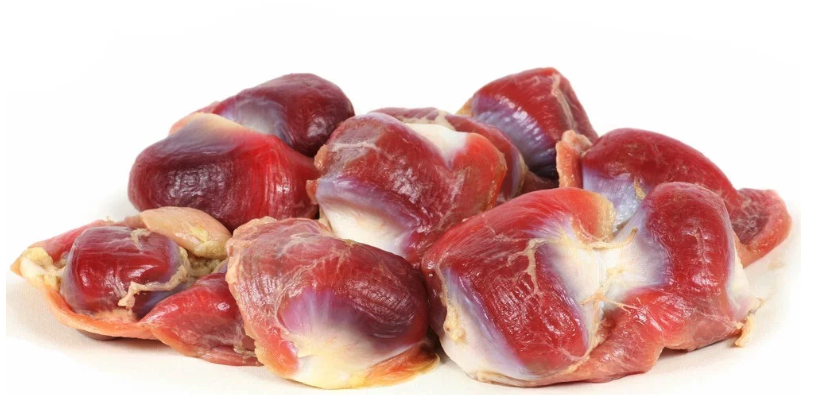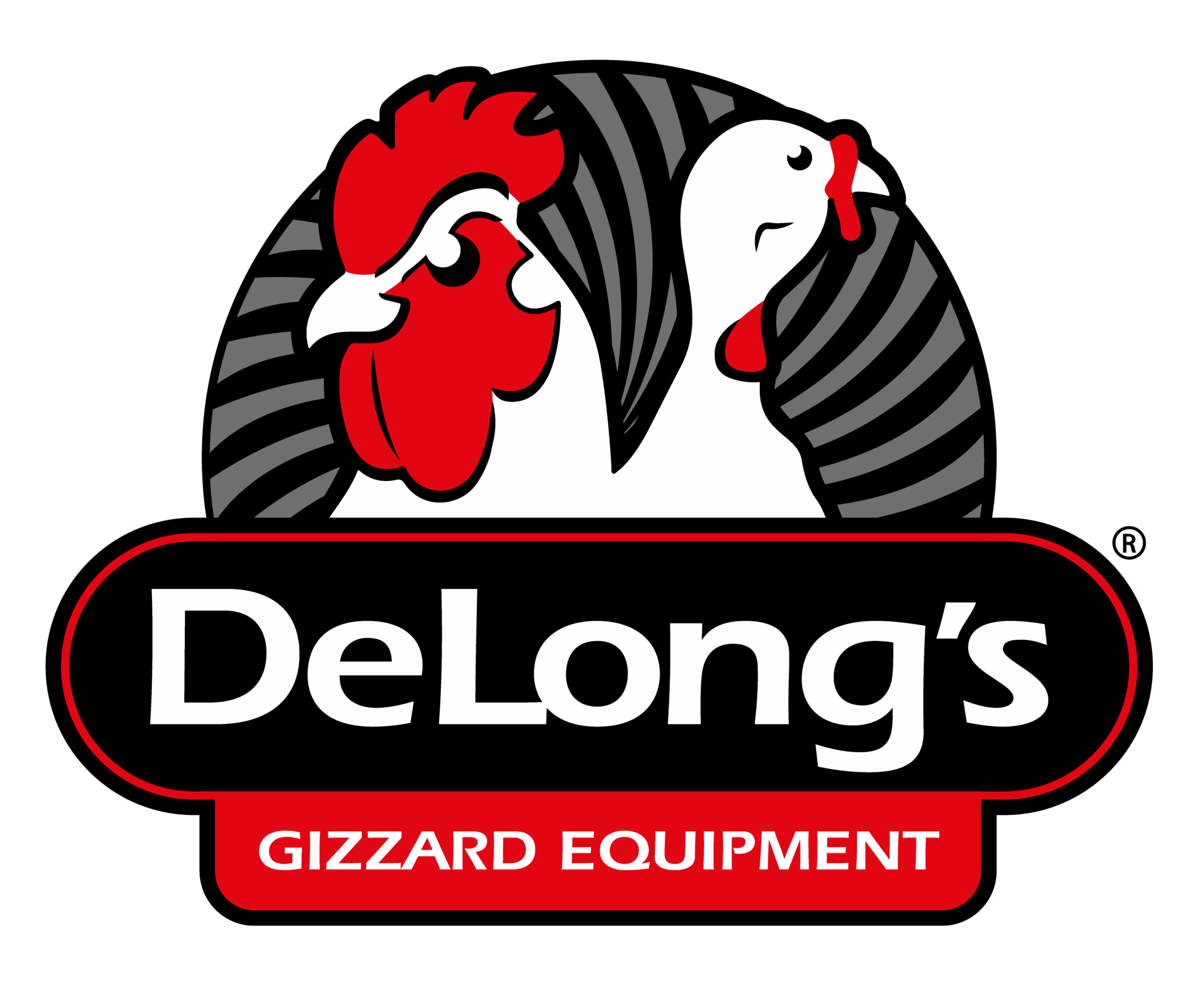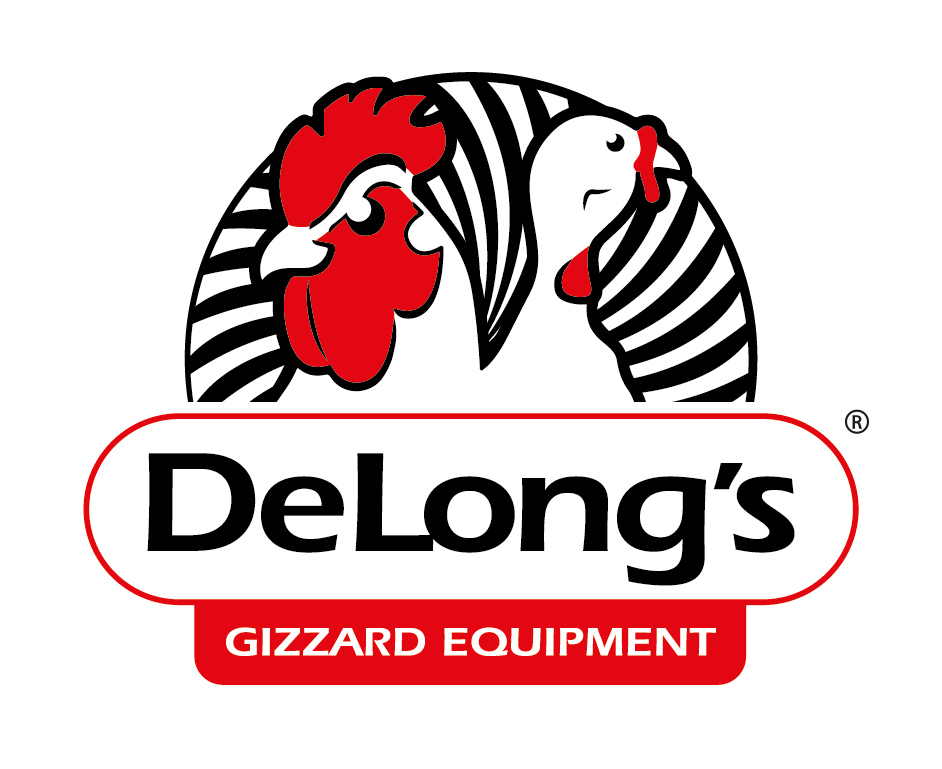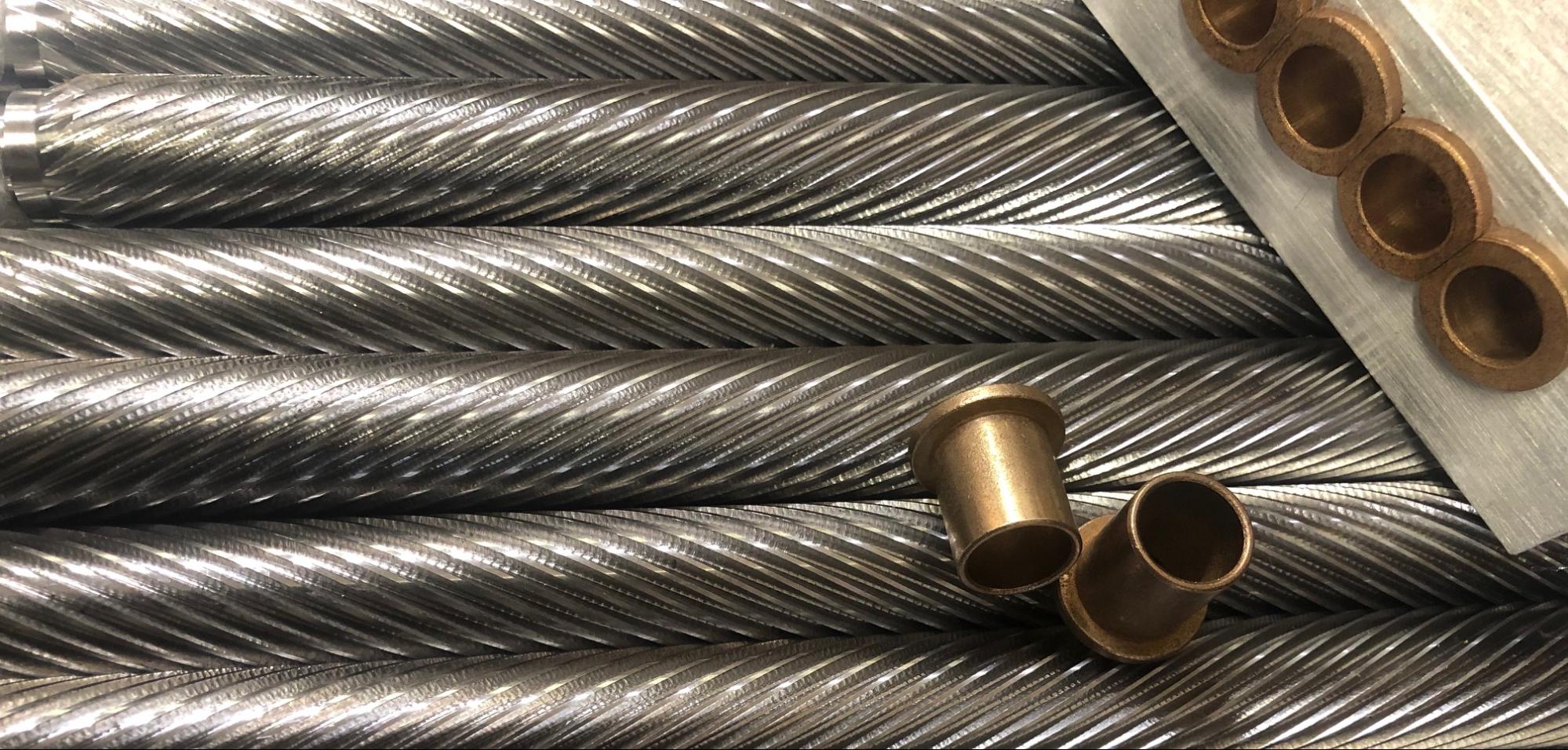
28 Mar What are Gizzards, Exactly?
You might be wondering, how do birds digest and eat food if they don’t have any teeth? The digestive system of a bird is unique in the way it breaks down food. Birds use a muscle in their stomach called the gizzard to grind food down into tiny particles ready for further digestion. Once food particles have been processed in the gizzard, they move through the small intestine for nutrient absorption and later the lower intestine for excretion. The gizzard allows birds to have one of the most efficient digestive systems in the entire animal kingdom.
Gizzards are not only important for birds, but can also play an important role in a healthy human diet. Gizzards are known for their nutritional value with high levels of potassium and iron, while being low in fat and a cheap source of protein. In addition to containing essential nutrients, they are a good source of vitamins like B12 and niacin. Many chefs consider gizzards a delicacy and commonly use them in soups and gumbos, so it shouldn’t be difficult to incorporate them into anyone’s diet.
Many people are not aware that gizzards and other giblets have their own harvesting process. In order to remove a gizzard from a bird and prepare it for consumption, birds must go through a giblet harvesting process. The first step in removing the giblets is to cut the gizzard open and remove the content within the gizzard. Then the fat is peeled from the gizzard with a tool called the defatter. This tool is important because it allows for a higher quality and more lean final product. Next, the yellow lining of the gizzard must be removed. For this step, users can either remove the lining manually with gizzard peeling rollers or remove the lining with an automatic gizzard peeler. The manual method requires users to hold and press the yellow lining of the gizzard onto the rollers. With the automatic gizzard peeler, the gizzards can be pumped in, fed into the chute from a conveyor, or fed into the entrance manually. Two rotating teeth rollers are driven by a motor to remove the inside yellow layer from the gizzards. Variable diameter peeling rollers cause the gizzard to tumble back and forth, allowing the gizzard lining several chances to be picked up by the peeling rollers. Once the yellow lining is removed from the gizzard, all of the giblets are collected and washed on a poultry repeel table. The sanitized giblets are chilled before being packed into a paper bag and inserted back into the eviscerated whole bird to be sold or for further processing.


